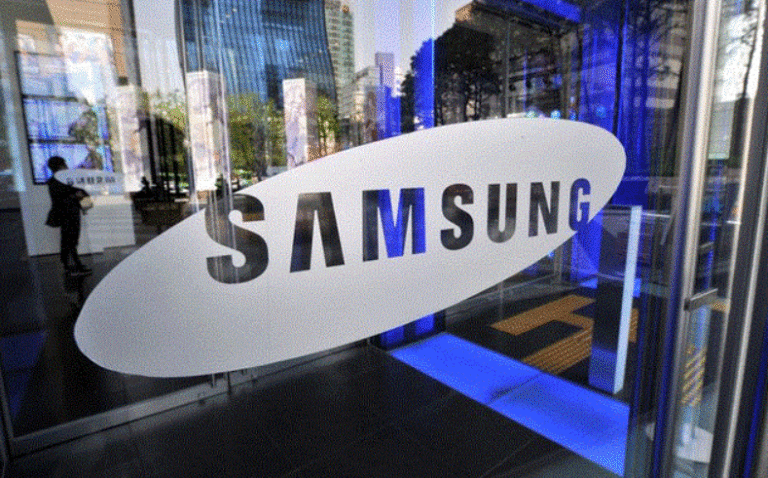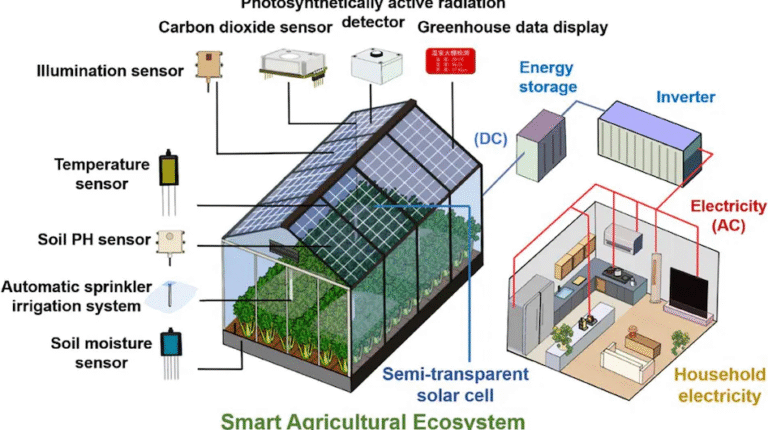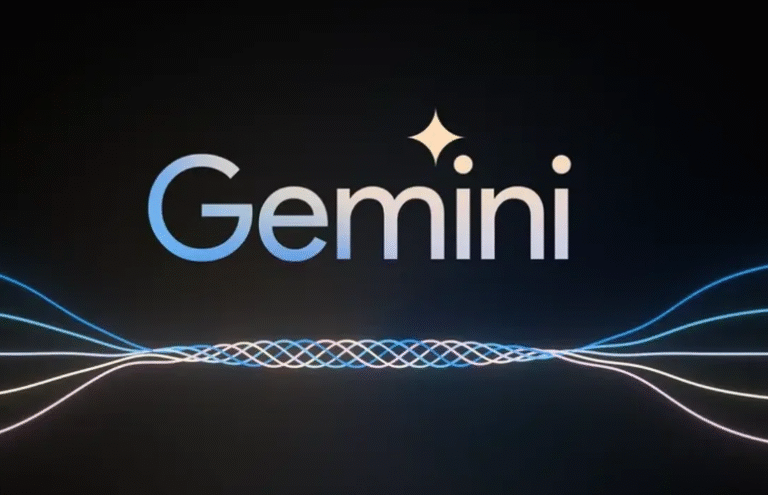
In what reads like science-fiction made silicon, Google’s quantum-computing team has announced that its chip, named Willow, running a new algorithm dubbed Quantum Echoes, achieved a performance about 13,000 times faster than the best classical algorithm on one of the world’s fastest supercomputers.
This isn’t just a speed record: the algorithm is described as verifiable—its results can be checked, matched, and trusted.
Why It Matters
Think of the classical computer as a skilled runner, and quantum computing as someone who took a jetpack. Willow isn’t just faster—it’s using a different kind of physics, different rules altogether.
Some key reasons why this is big:
- It marks one of the first instances where a quantum computer produced useful-looking, verifiable results, not just abstract race-benchmarks.
- The algorithm tackles what are called out-of-time-order correlators (OTOCs)—a physics phenomenon that classical machines struggle to simulate efficiently.
- It suggests a path toward real-world applications: molecular structure, materials science, advanced simulation. Google explicitly mentions these as next-stage uses.
The Fine Print: What It Isn’t
As thrilling as this sounds, a dose of reality keeps us grounded:
- The “13,000× faster” figure applies to a specific type of algorithm on a specific task, not all computing tasks.
- The chip still operates in the “noisy” quantum regime—error rates, coherence times and full fault-tolerance remain hurdles.
- Practical, everyday applications (drug design, battery innovation, full-scale cryptography) are still on the roadmap, not yet delivered.
What Comes Next
Having jumped the major hurdle of verifiable advantage, Google now turns to the longer stretch of the race: scaling up, combining more qubits, reducing noise, and embedding quantum processors into workflows.
Some upcoming steps include:
- Building logical qubits (error-corrected qubits) instead of purely physical ones.
- Applying quantum chips like Willow to meaningful, practical problems (e.g., material science, chemical modelling).
- Integrating quantum and classical resources (hybrid workflows) to deliver value rather than just speed.
The Willow-Quantum Echoes announcement is not the finish line—but it is a major milestone. It’s like we’ve seen the first jet take off from the runway of computation. What remains is the journey: flying reliably, carrying useful cargo, landing safely.
For researchers, industry watchers, and curious observers alike, this signals that quantum computing is stepping out of the lab and inching toward real impact. The door is opening—and Willow has pushed it wide.




